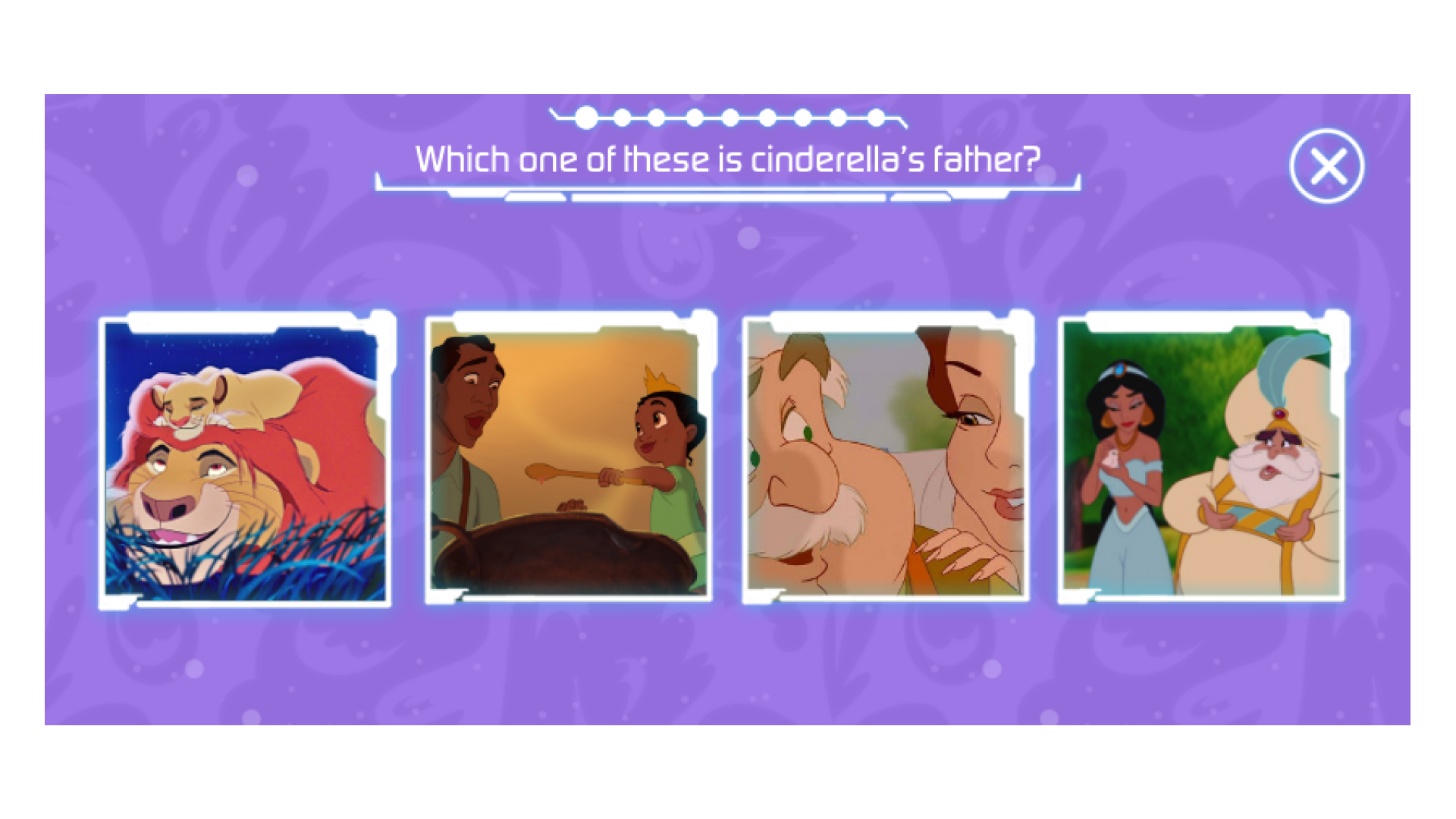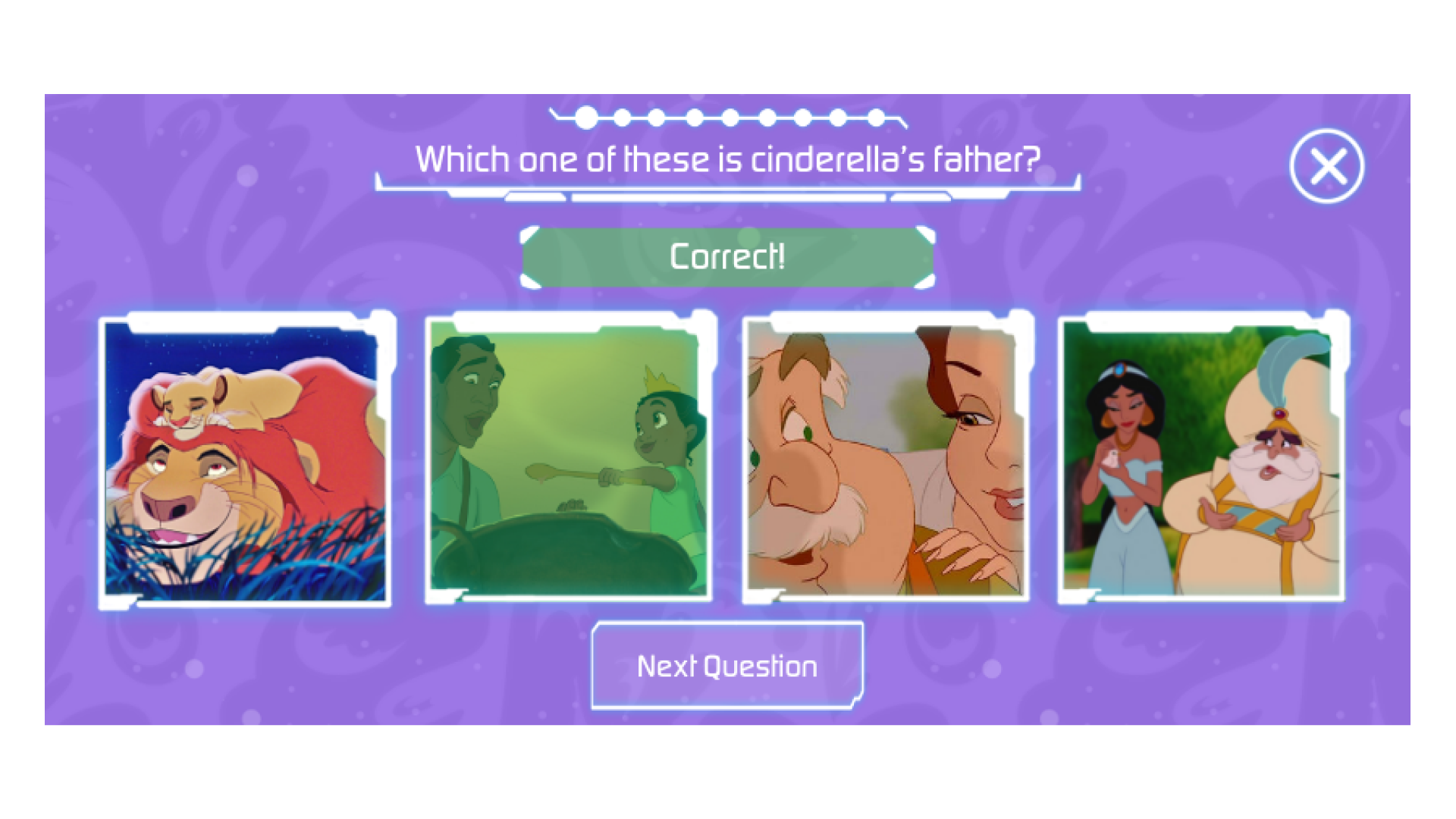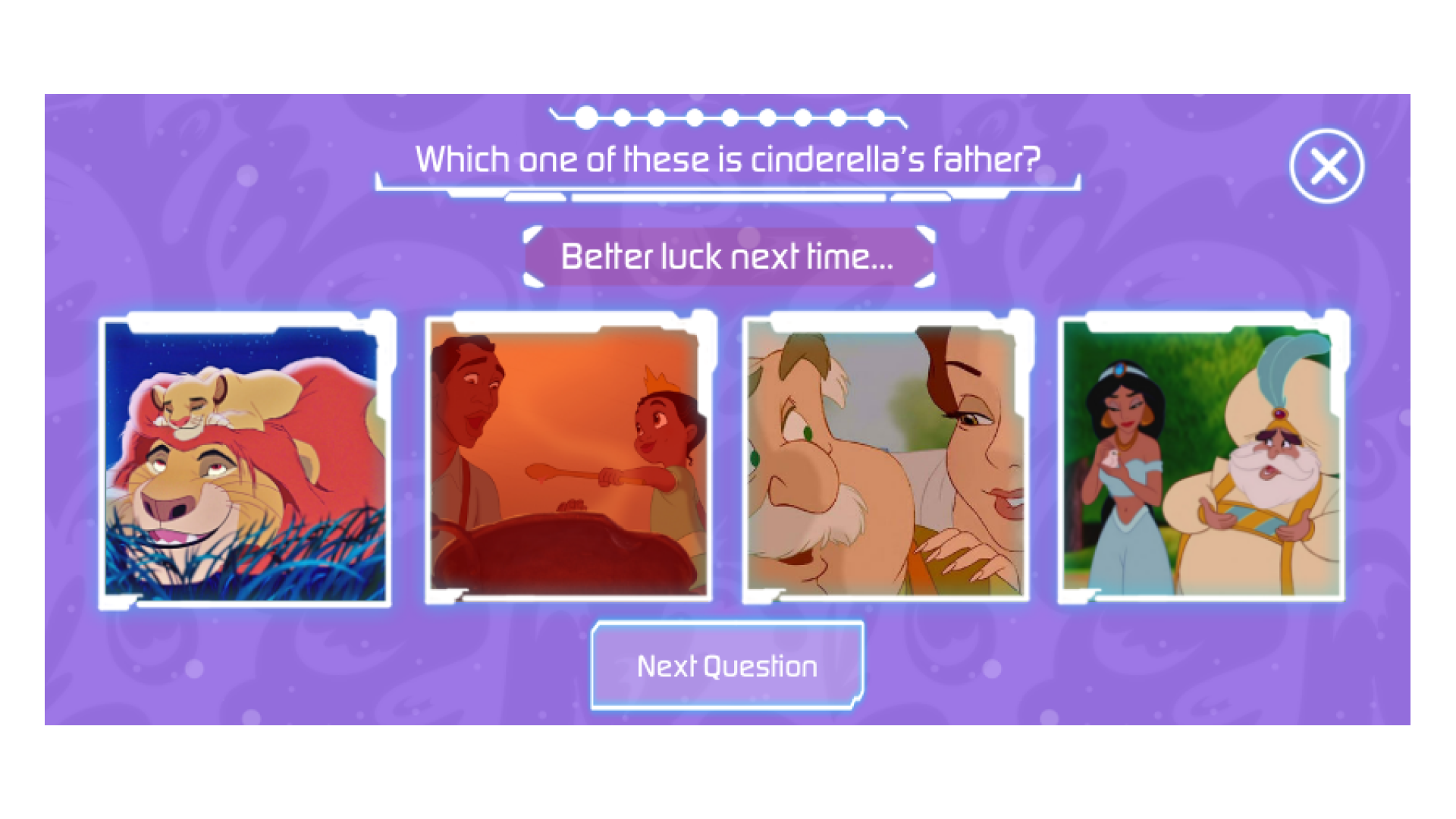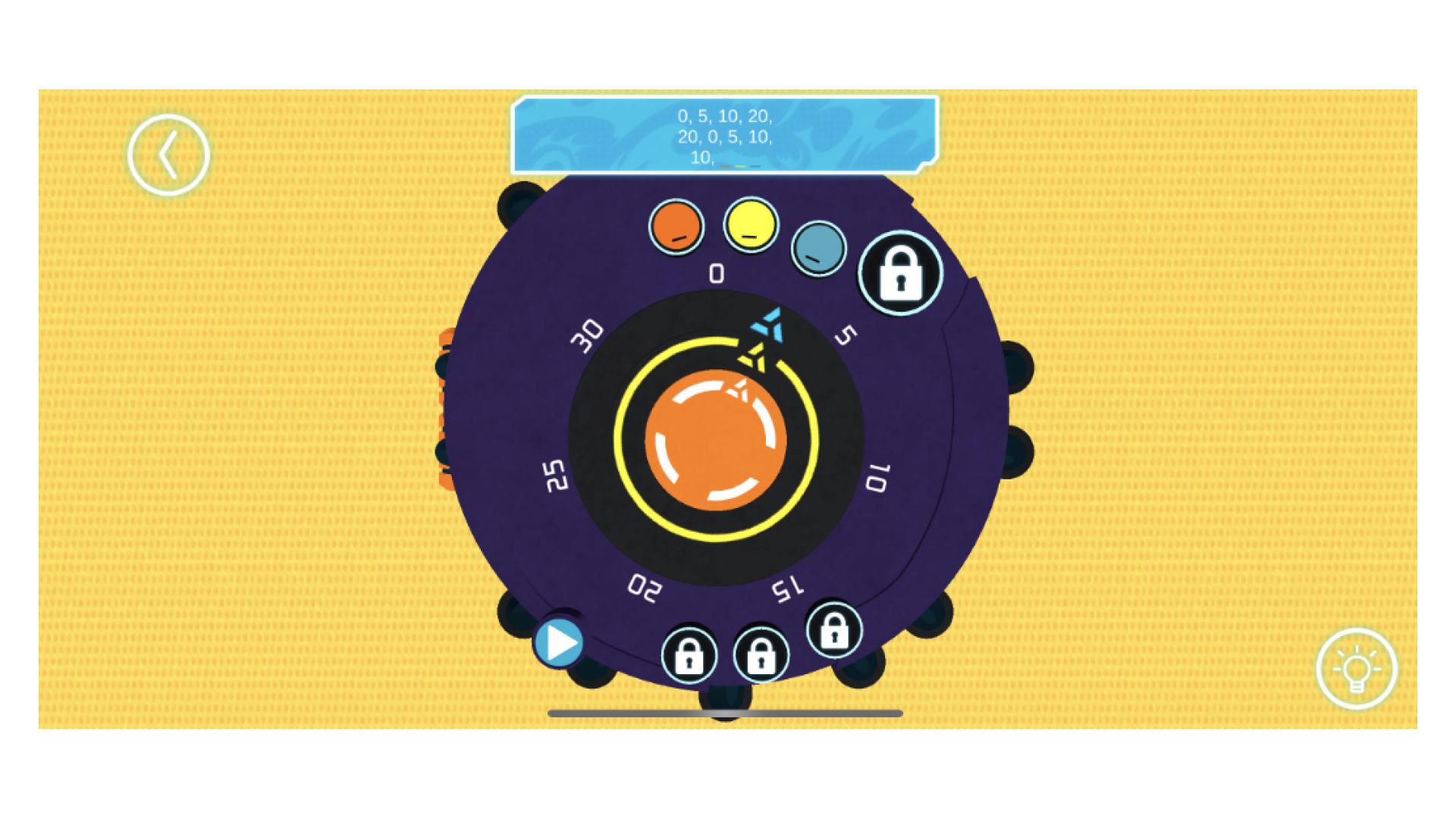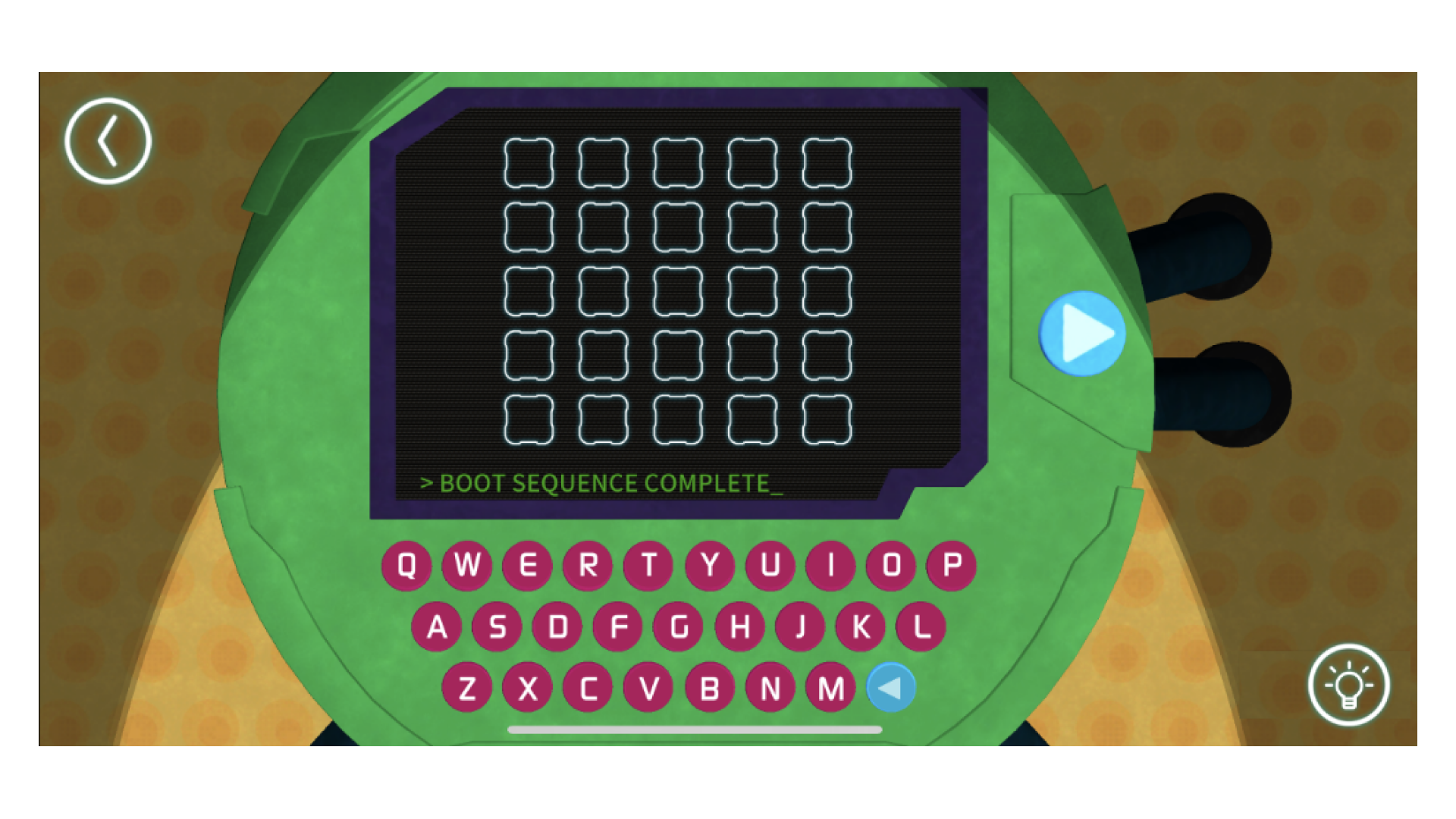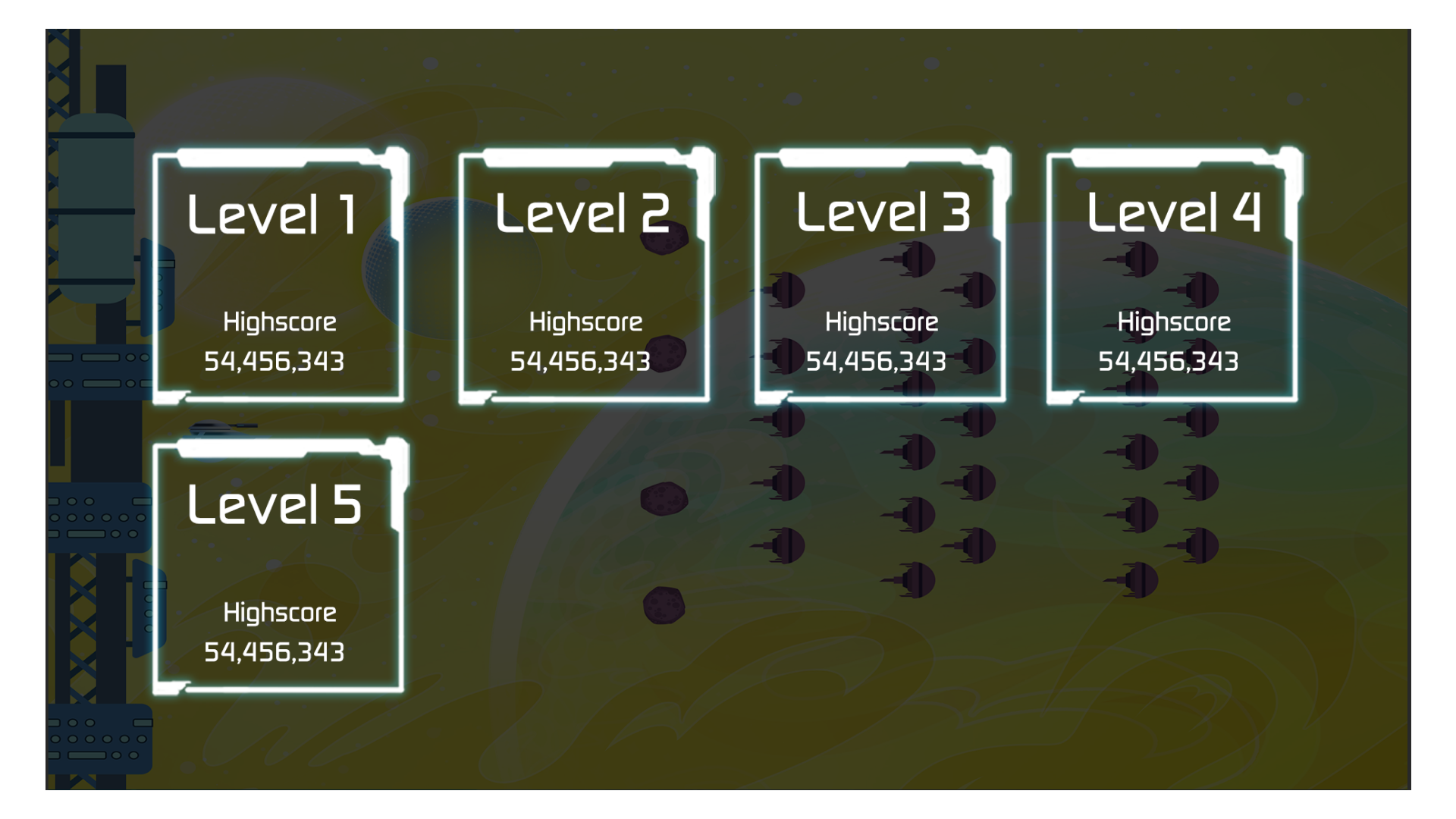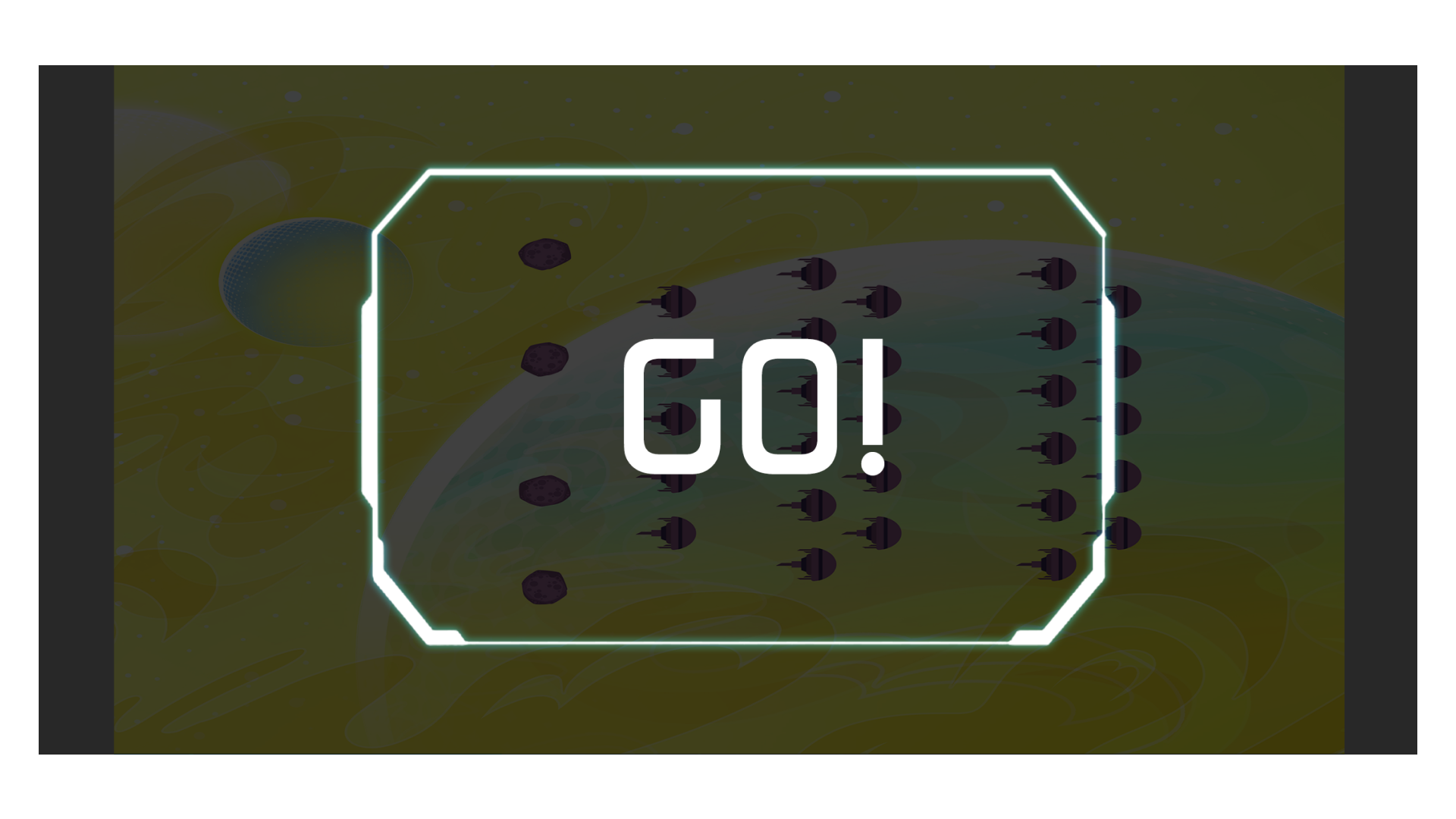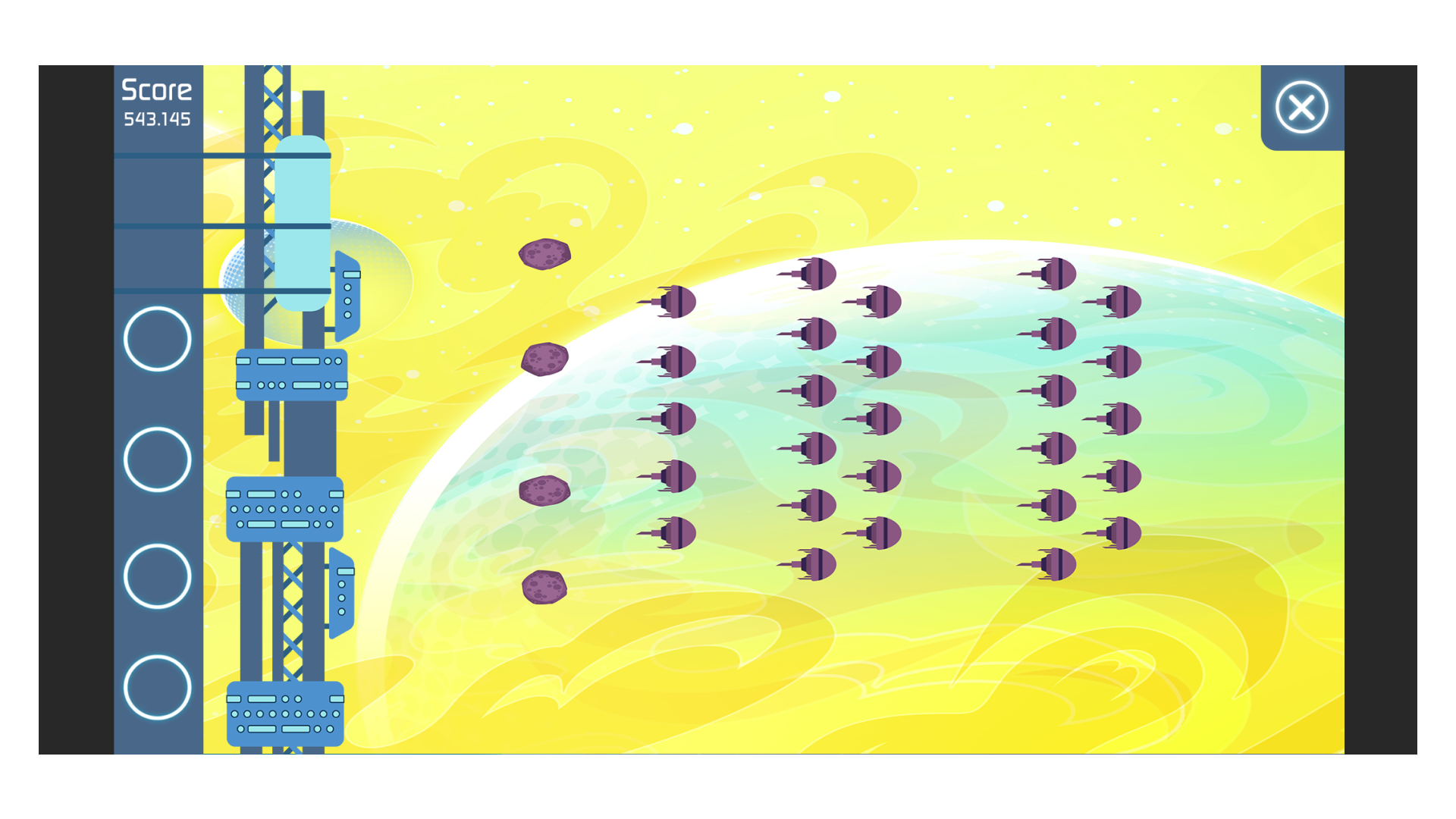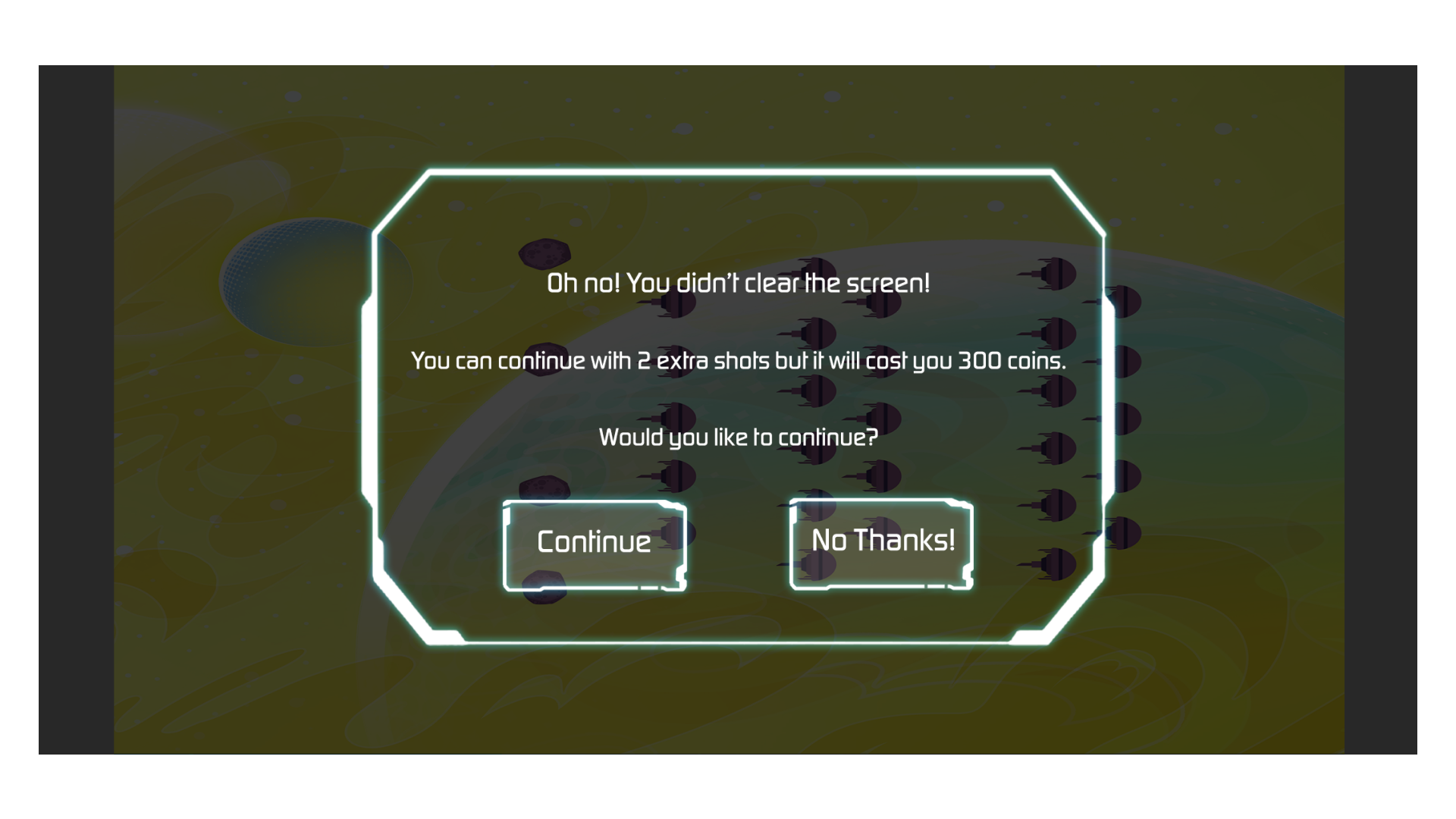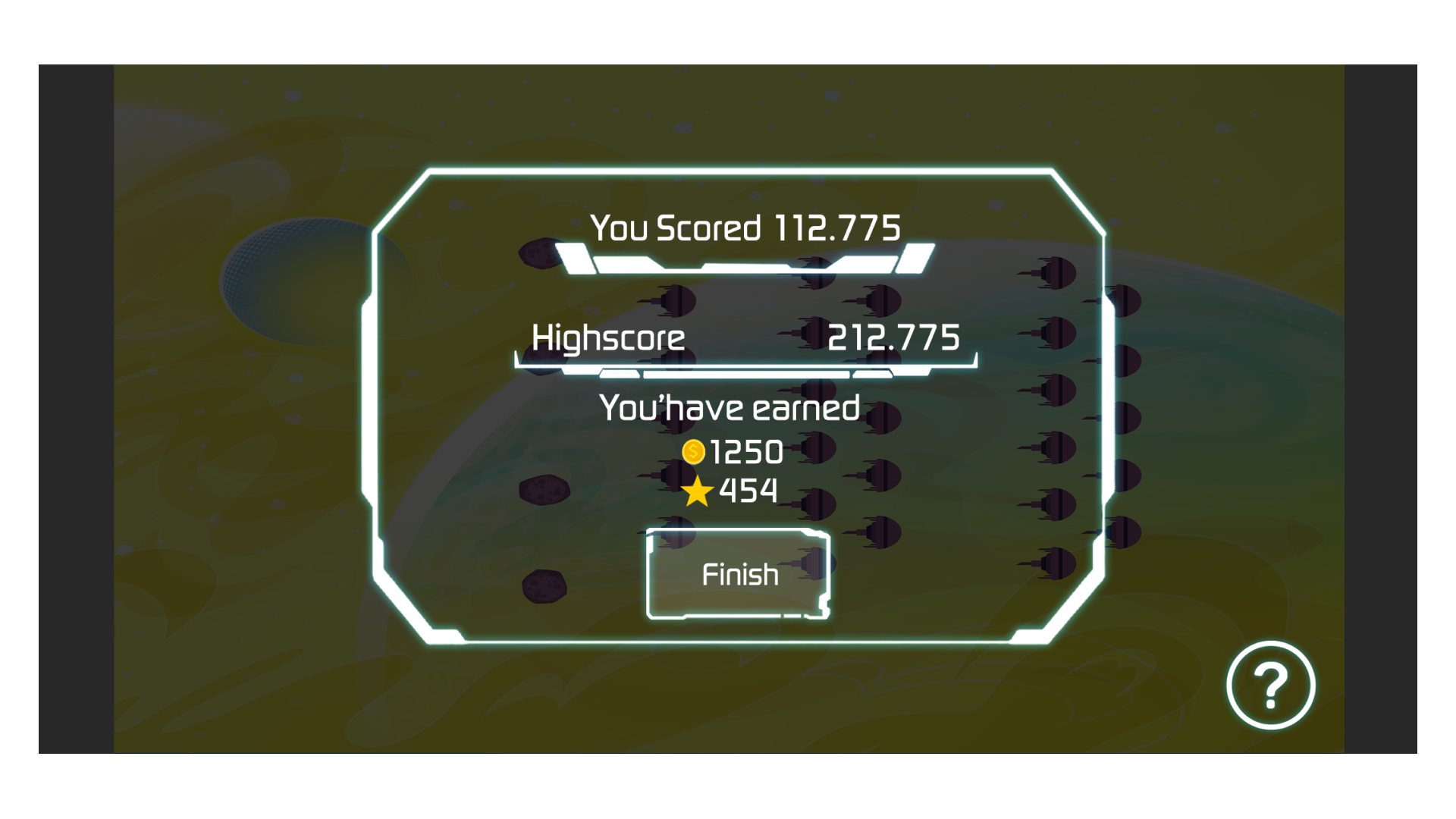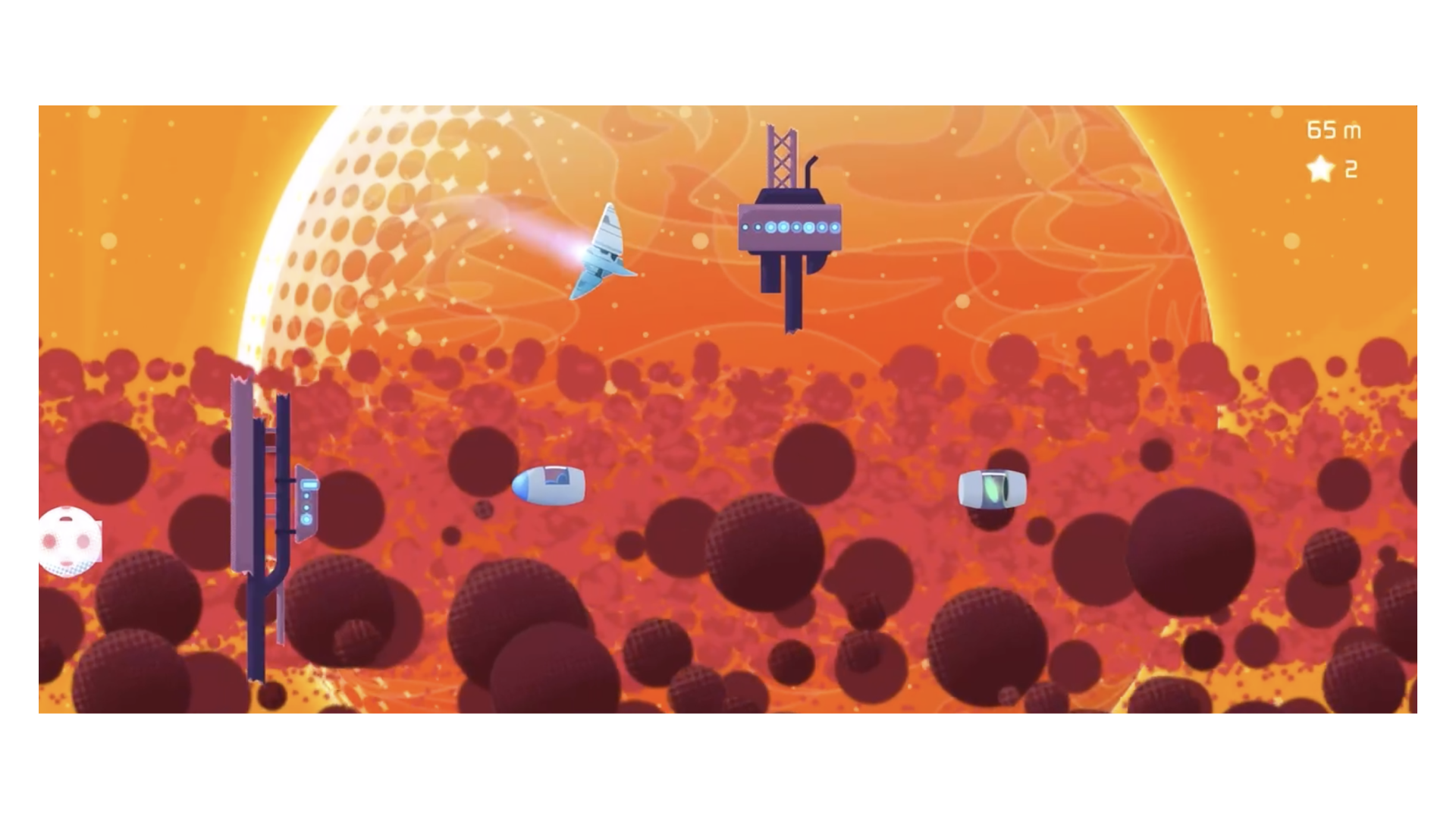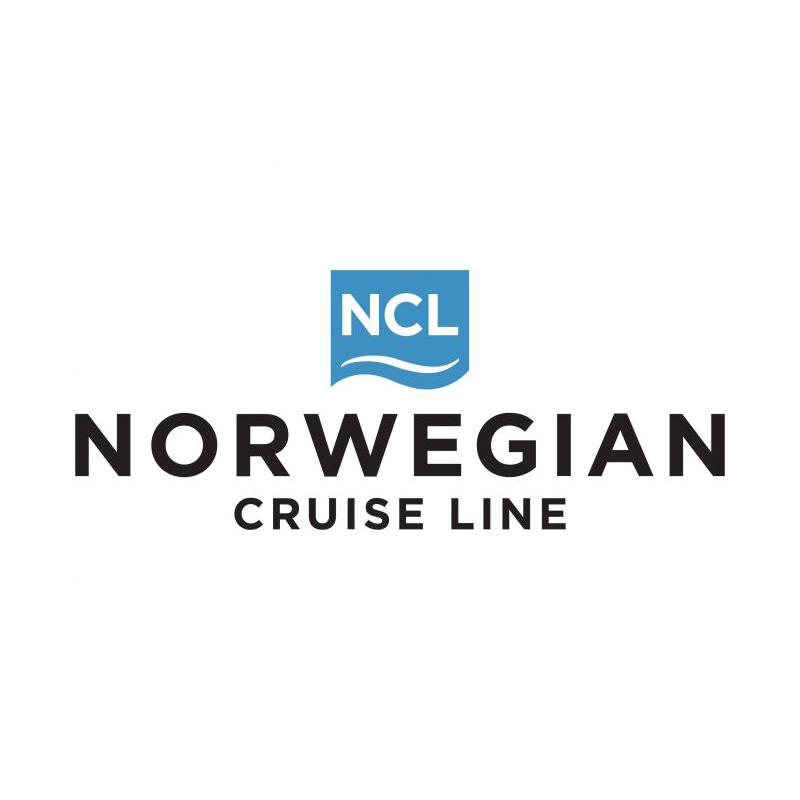
About NCL App
Project Description
The NCL Youth Space Games App was created to offer an interactive and fun experience for younger passengers aboard Norwegian Cruise Line (NCL) cruises.
This app features a series of mini-games, live events, and immersive experiences such as virtual reality, aimed at keeping passengers entertained while exploring the ship and socializing with others.
Main Objective
The primary goal of this project was to design a platform that not only provided entertainment but also encouraged social interaction and physical activity among users during their cruise.
The objective was to create an experience that engaged the entire family, especially the younger passengers, allowing them to explore the ship actively while enjoying a variety of games and group activities.
Design Process
A)User Research
Preliminary Research: Before starting the design, we conducted several interviews and surveys with families and young passengers on the ships to understand their expectations and needs.
We focused on how we could create an experience that would appeal to a diverse audience, with a primary focus on younger passengers (ages 6 to 18).
The interviews helped us identify key areas to prioritize, such as ease of use, interactivity, and social connection.
Competitor Analysis To better understand the context, we analyzed other entertainment apps used in cruises and theme parks.
This helped us identify features that users value, such as intuitive interfaces, activities that promote social interaction, and the ability for users to engage in multiple activities simultaneously.
Persona Creation: We created detailed user personas representing both the young passengers and their families, which allowed us to better understand their needs and goals.
Through these personas, we identified the main expectations: continuous entertainment, social activities, and easy navigation around the ship.
B)Ideation
User Flow Mapping: Using the insights gathered from research, we designed an intuitive user flow to ensure that users could navigate the app seamlessly, despite the complexity of different activities.
The structure of the app needed to allow users to quickly access mini-games, live events, and scheduled activities, while also moving easily between different sections.
Wireframes and Initial Prototypes: At this stage, we created wireframes representing the key screens of the app and began prototyping the interactive navigation.
We conducted internal testing to ensure the flow of navigation was smooth and intuitive.
The prototypes were iterated based on feedback from the team.
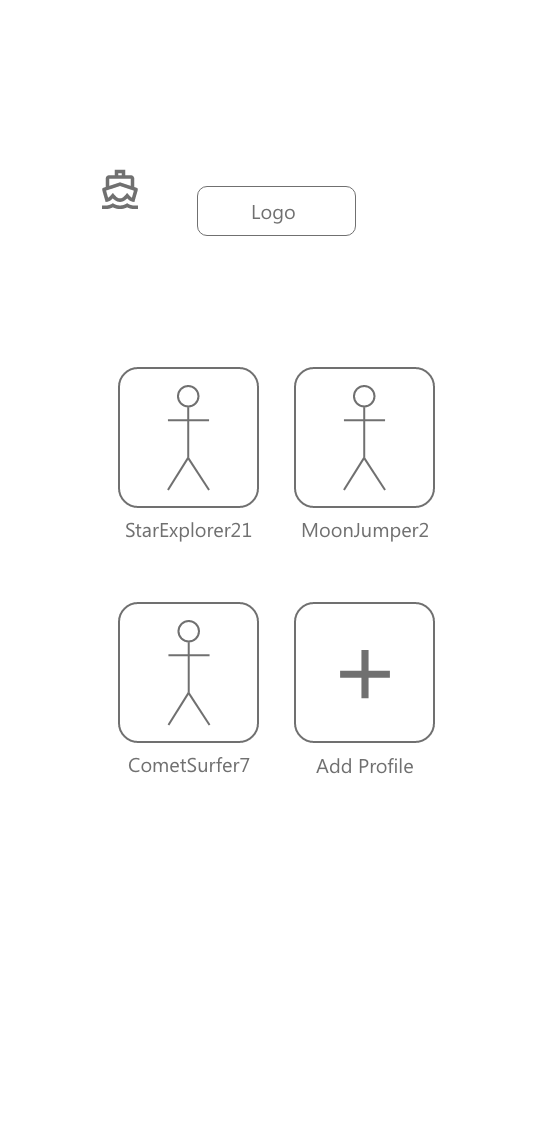
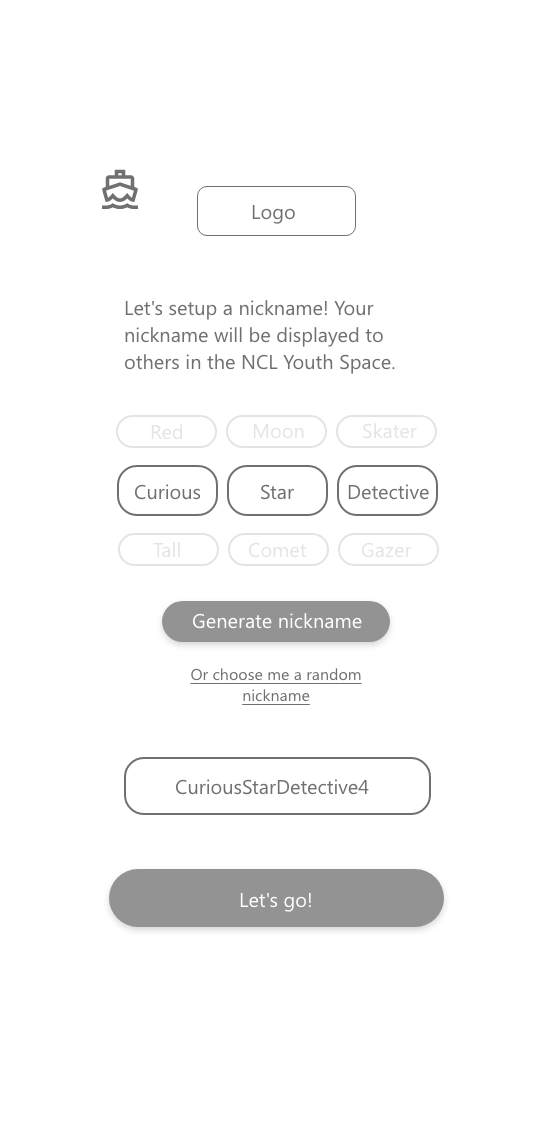
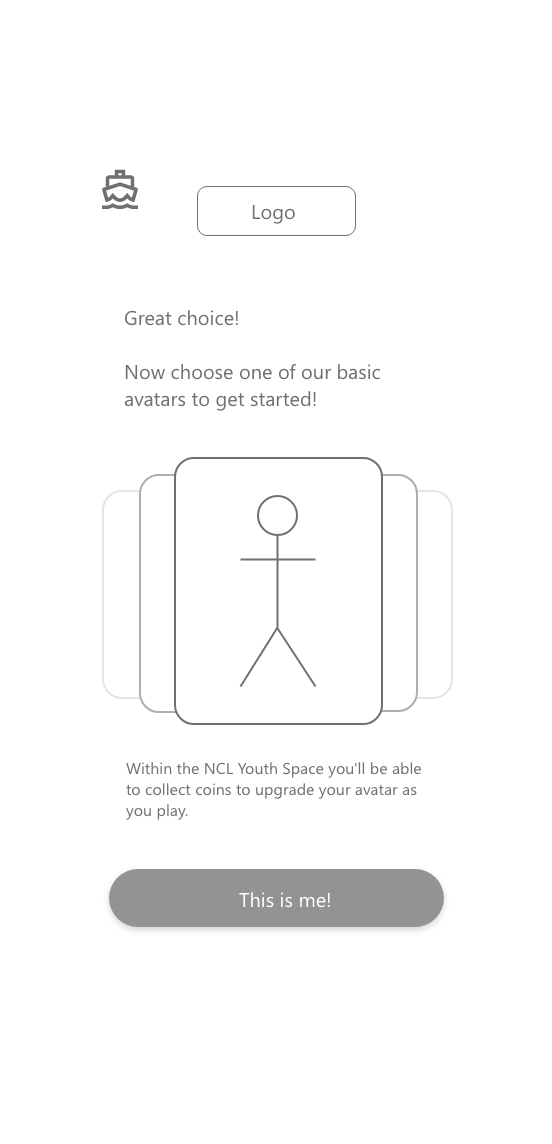
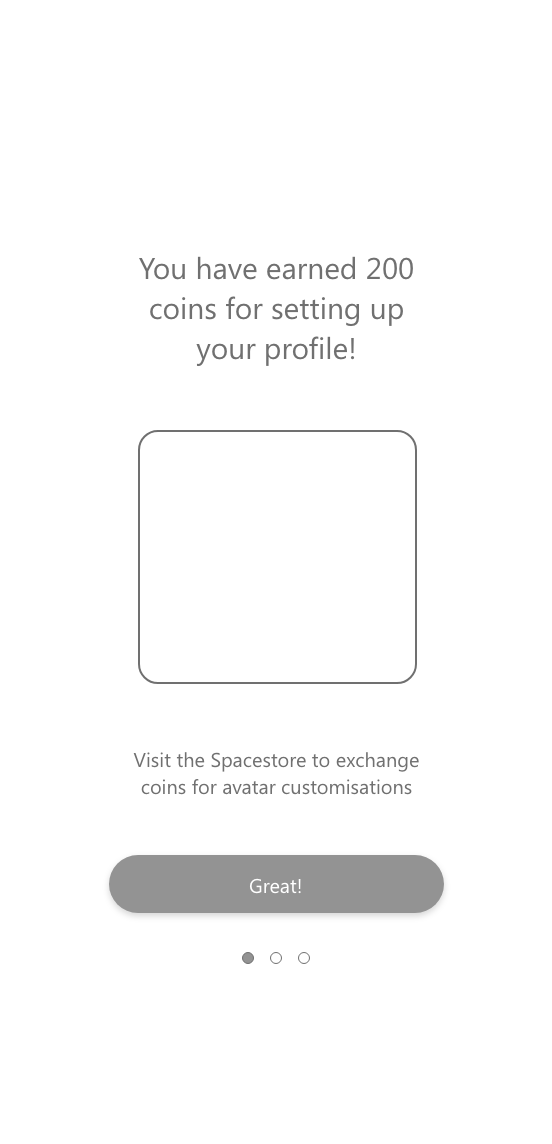
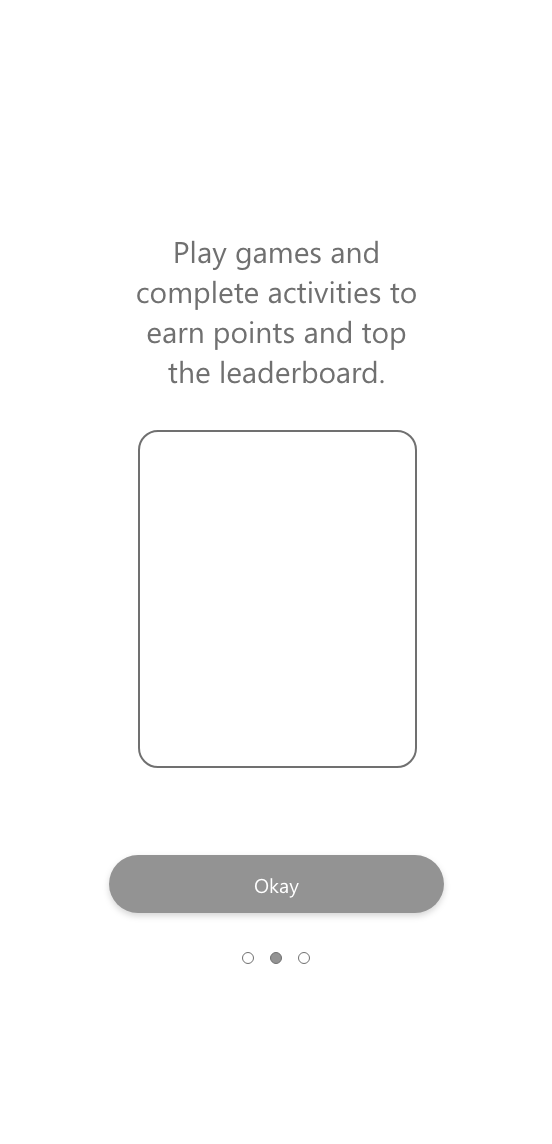
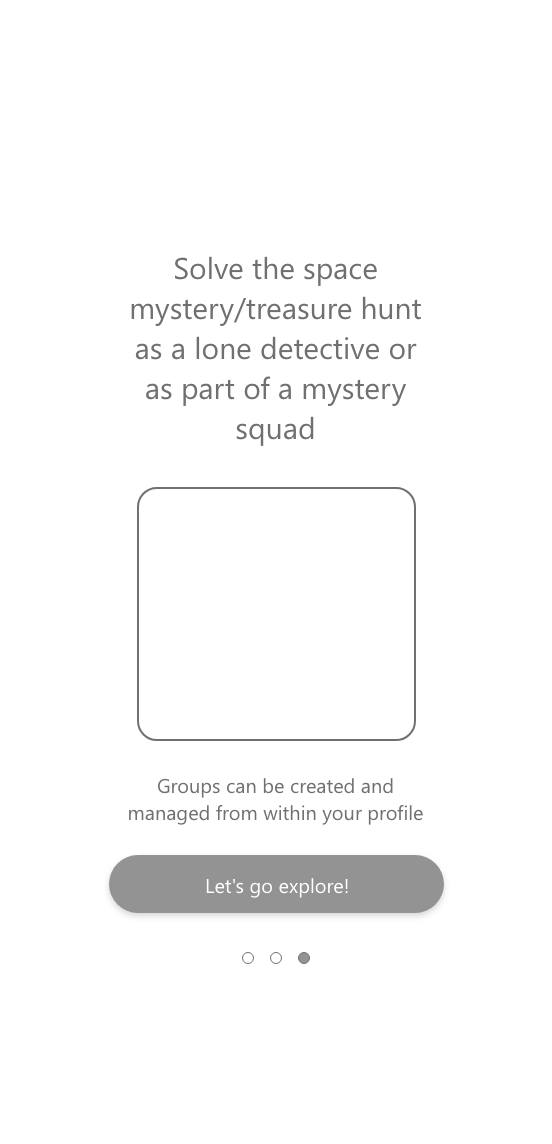
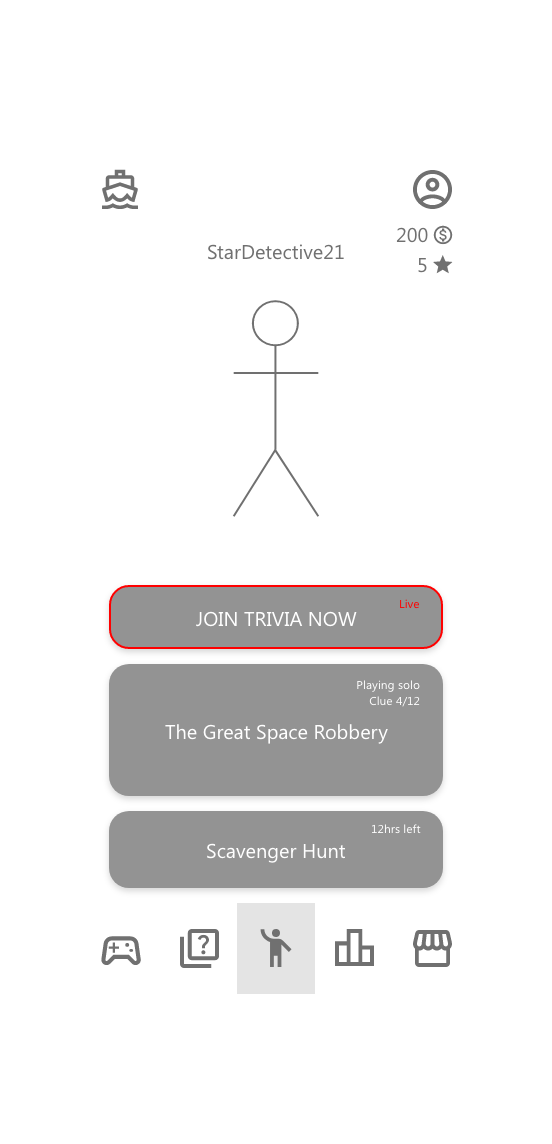
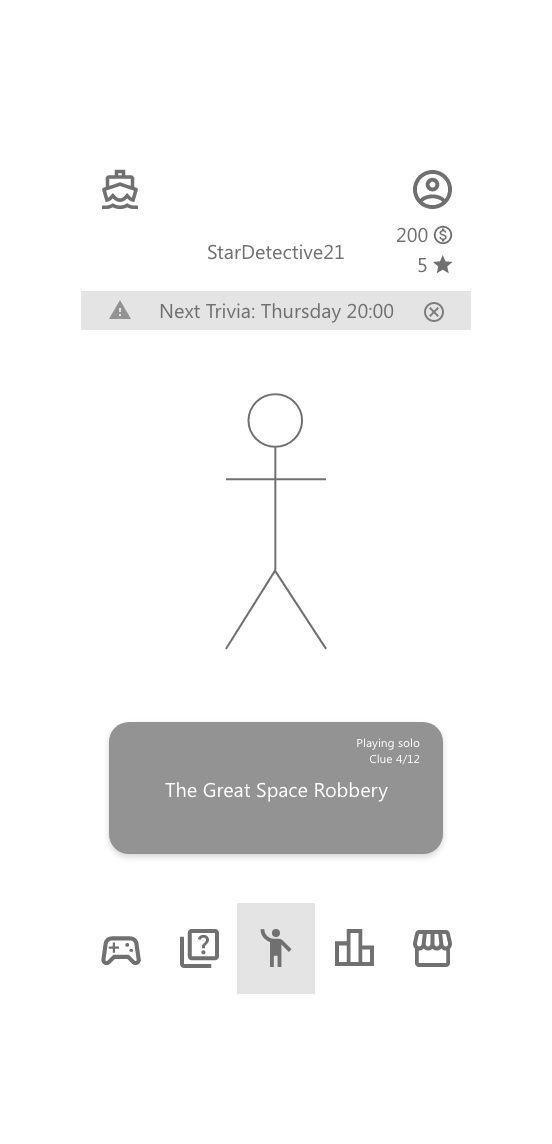
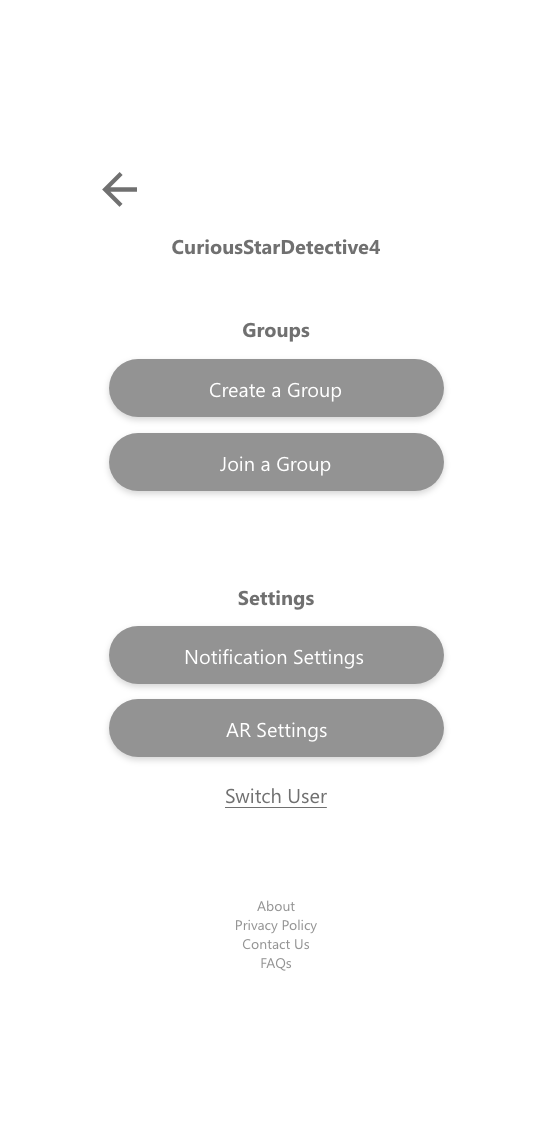
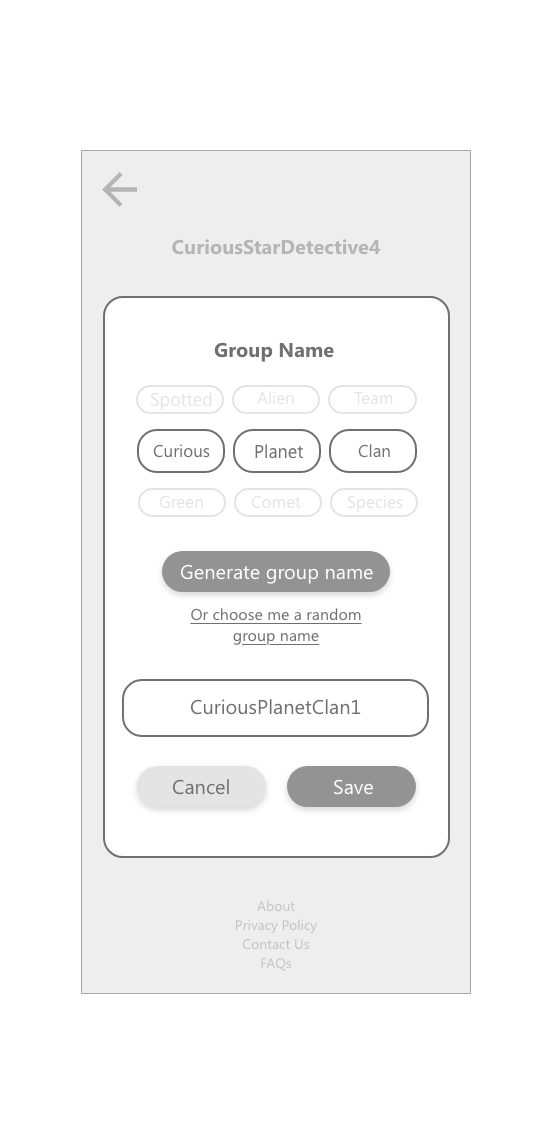
Tools Used: We used Figma for designing the interfaces and interactive prototypes.
Figma also allowed us to collaborate effectively with the development team and make quick adjustments throughout the process.
C) Visual Design
UI Aesthetics and Design: The UI design focused on being visually appealing, intuitive, and accessible to younger users.
We chose a vibrant color palette, modern and legible typography, and fun graphics to capture users’ attention and create an engaging experience.
Additionally, we ensured that the app was easy to use, even in fast-paced environments typical of young users on a cruise.
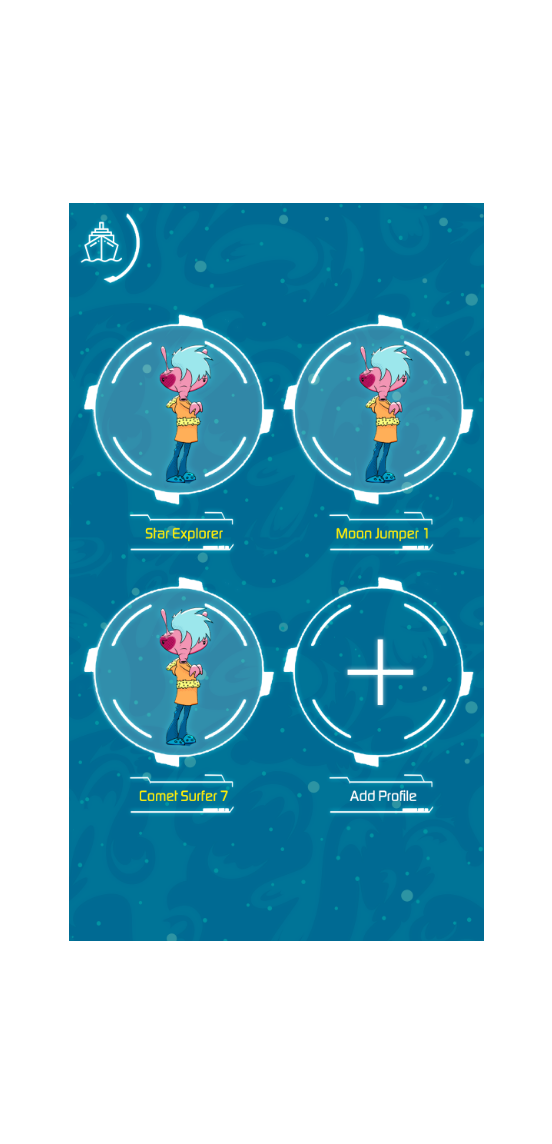
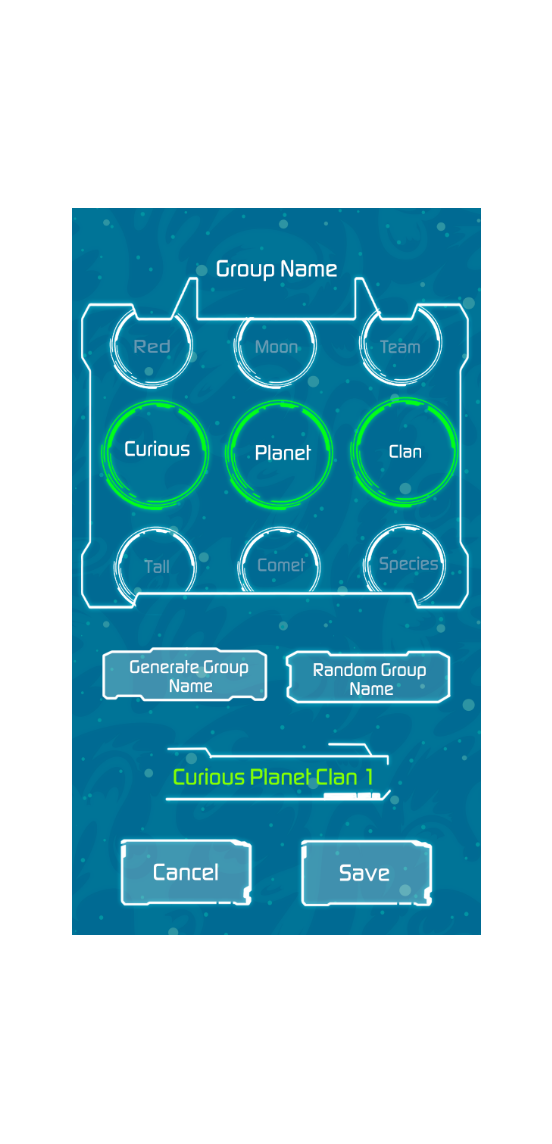
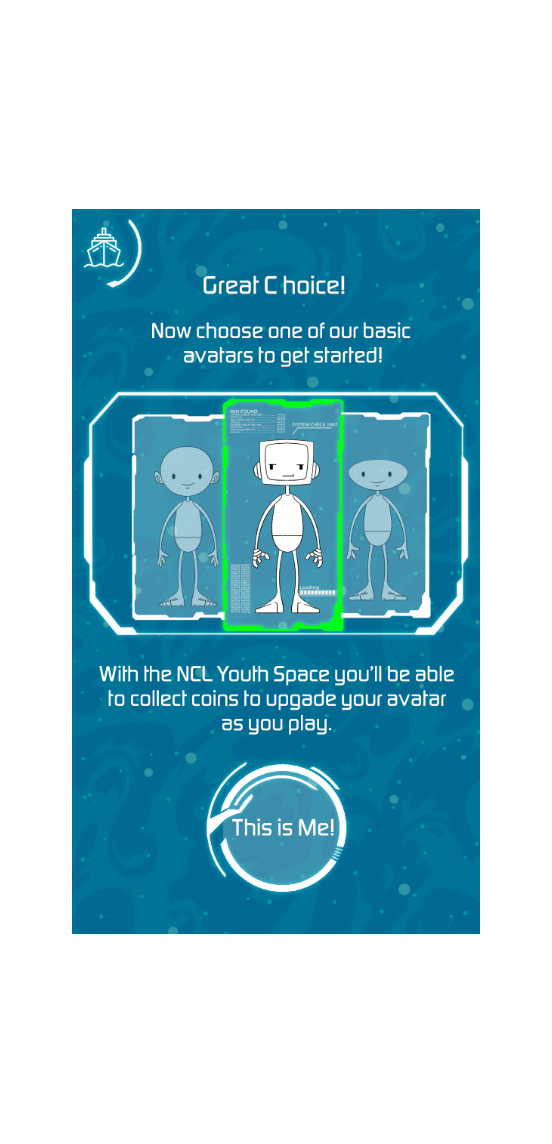
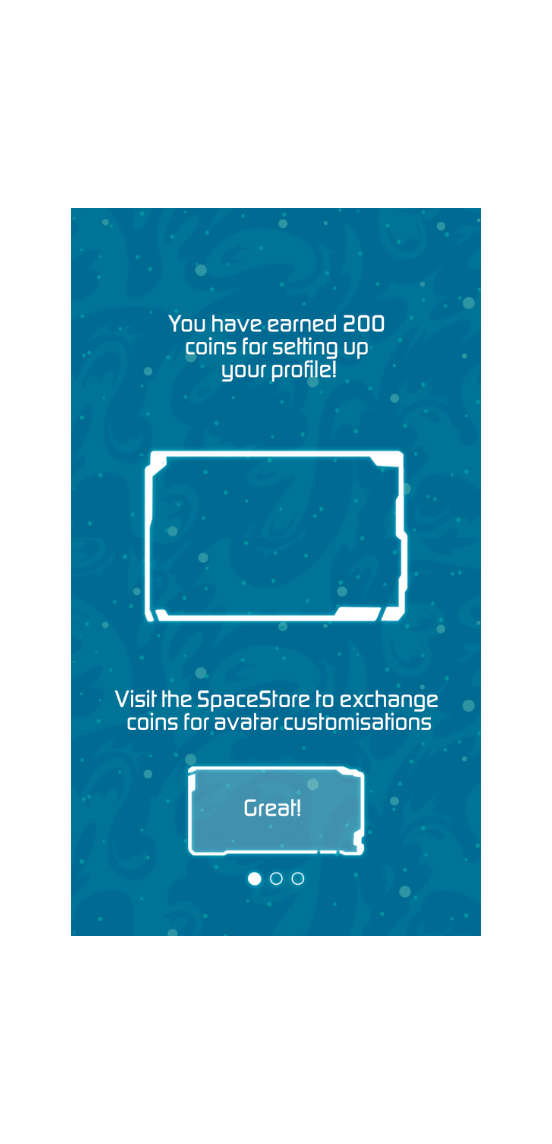
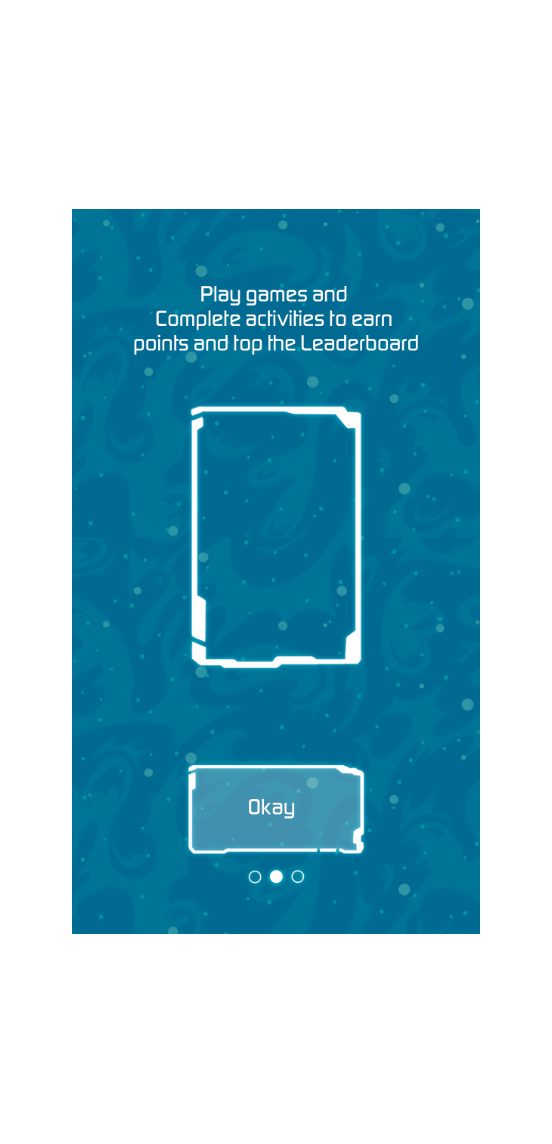
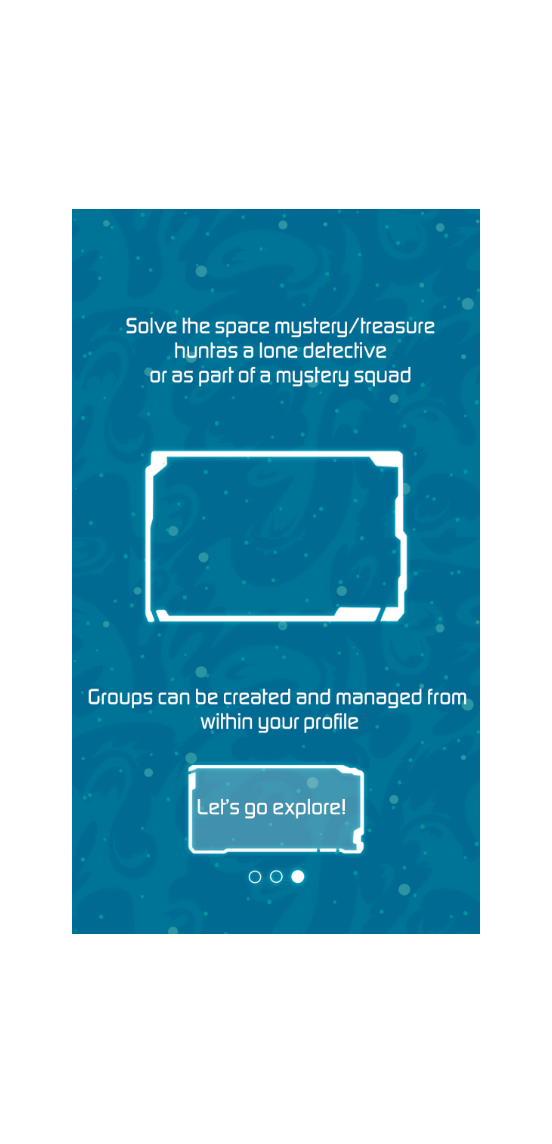
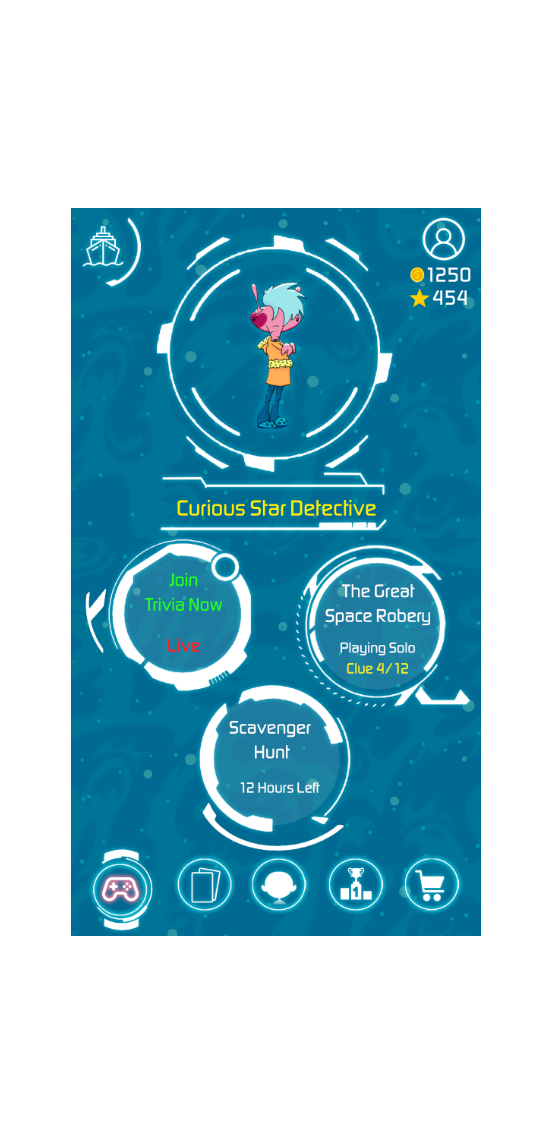
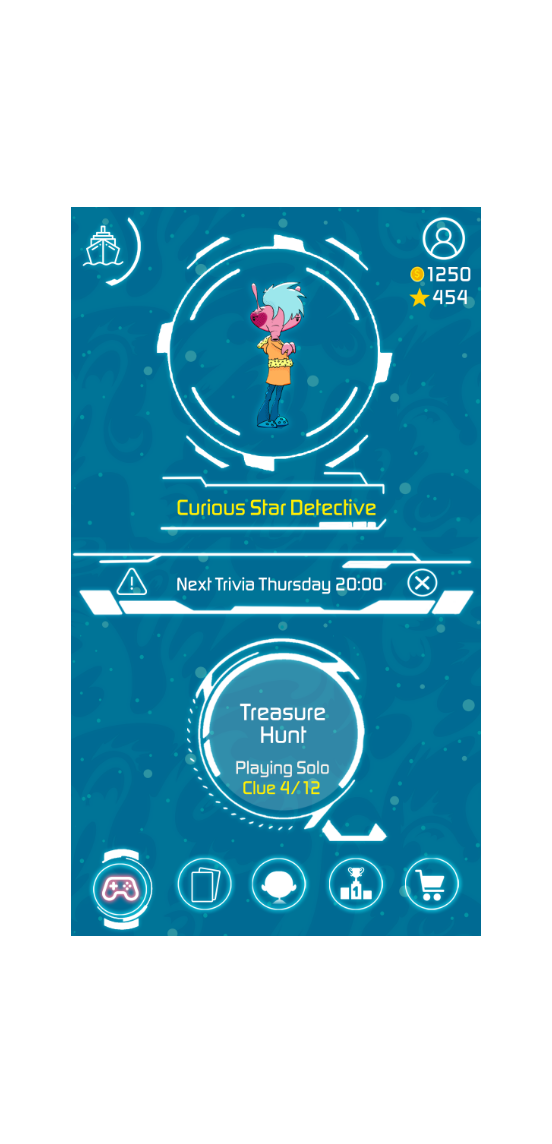
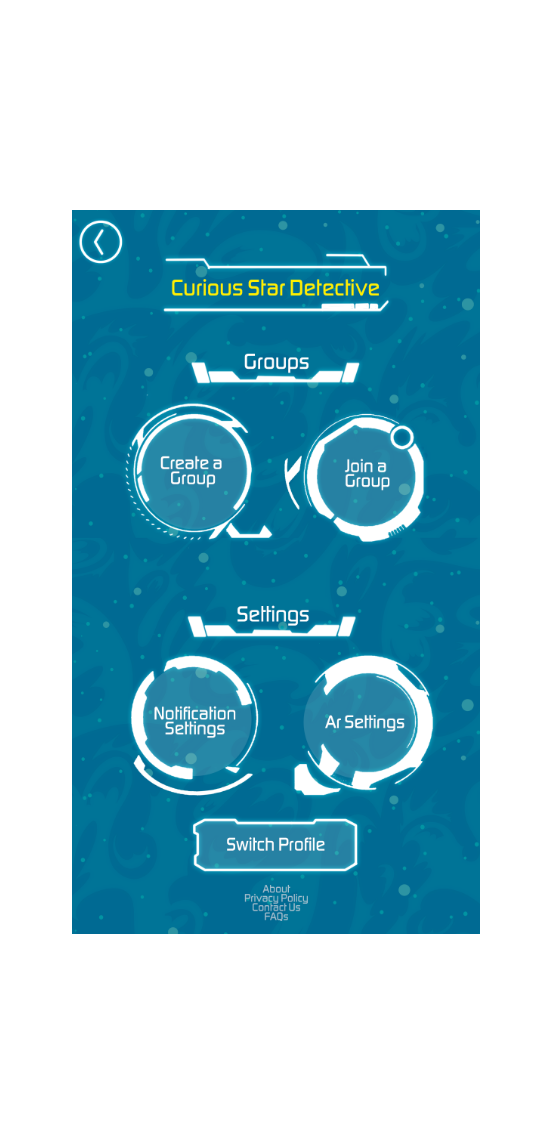
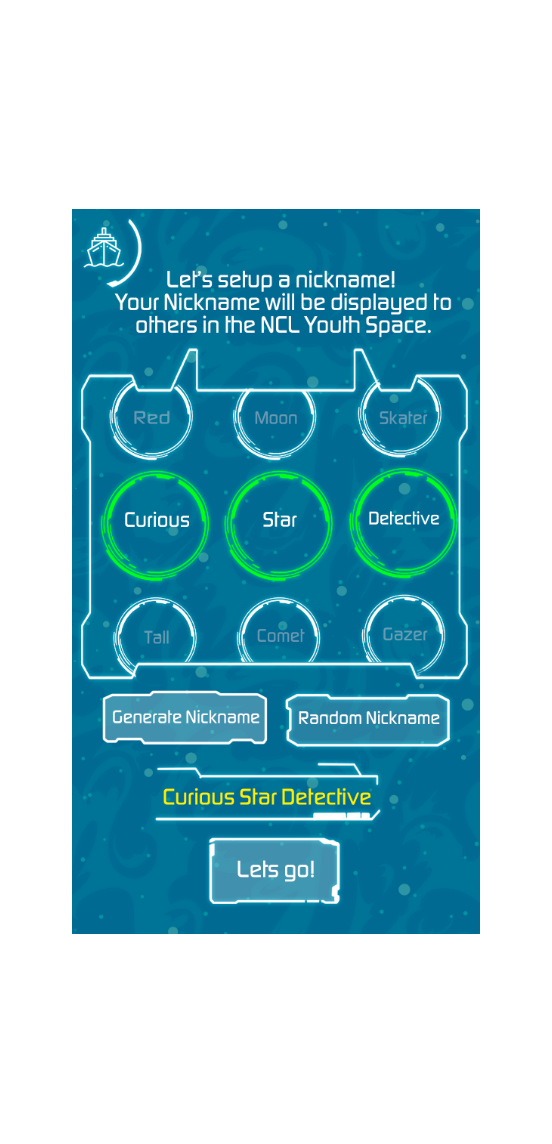
Interactive Prototype: I created a functional prototype that allowed users to experience transitions between activities, access games, and join live events.
This prototype was crucial for showing how the final app experience would feel and look.
Accessibility: Since the app would be used in an environment with limited internet connectivity, we designed the system to perform optimally even under low-signal conditions.
We implemented solutions like pre-downloadable content and ensured that essential features worked offline to avoid disruptions in the user experience.
Implementation and Results
Project Development
As the Product Designer, I worked closely with the development team to ensure the successful implementation of app functionalities, such as mini-games and live events.
My role was to guarantee that the features aligned with the user experience vision and that the final product was seamless.
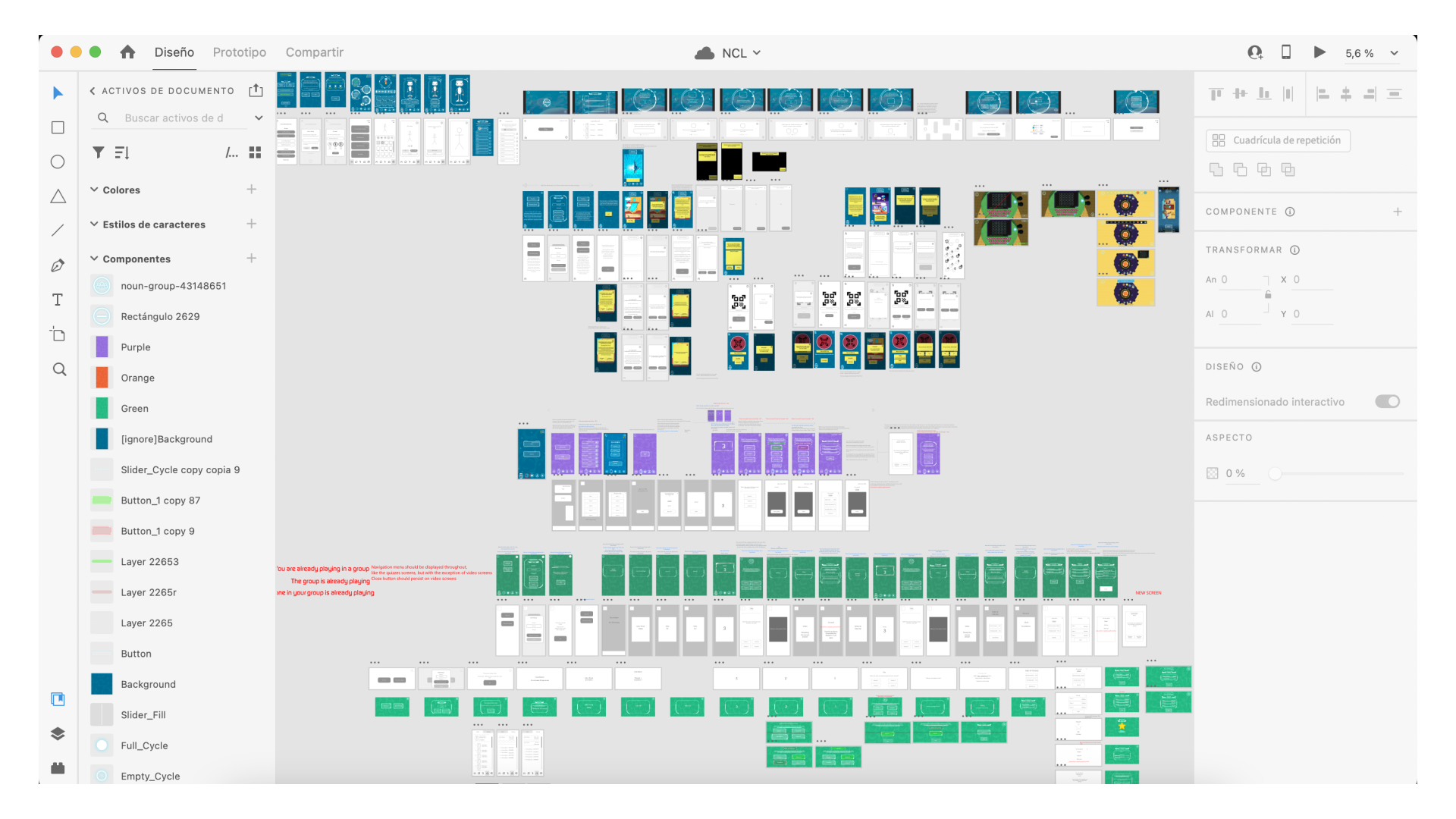
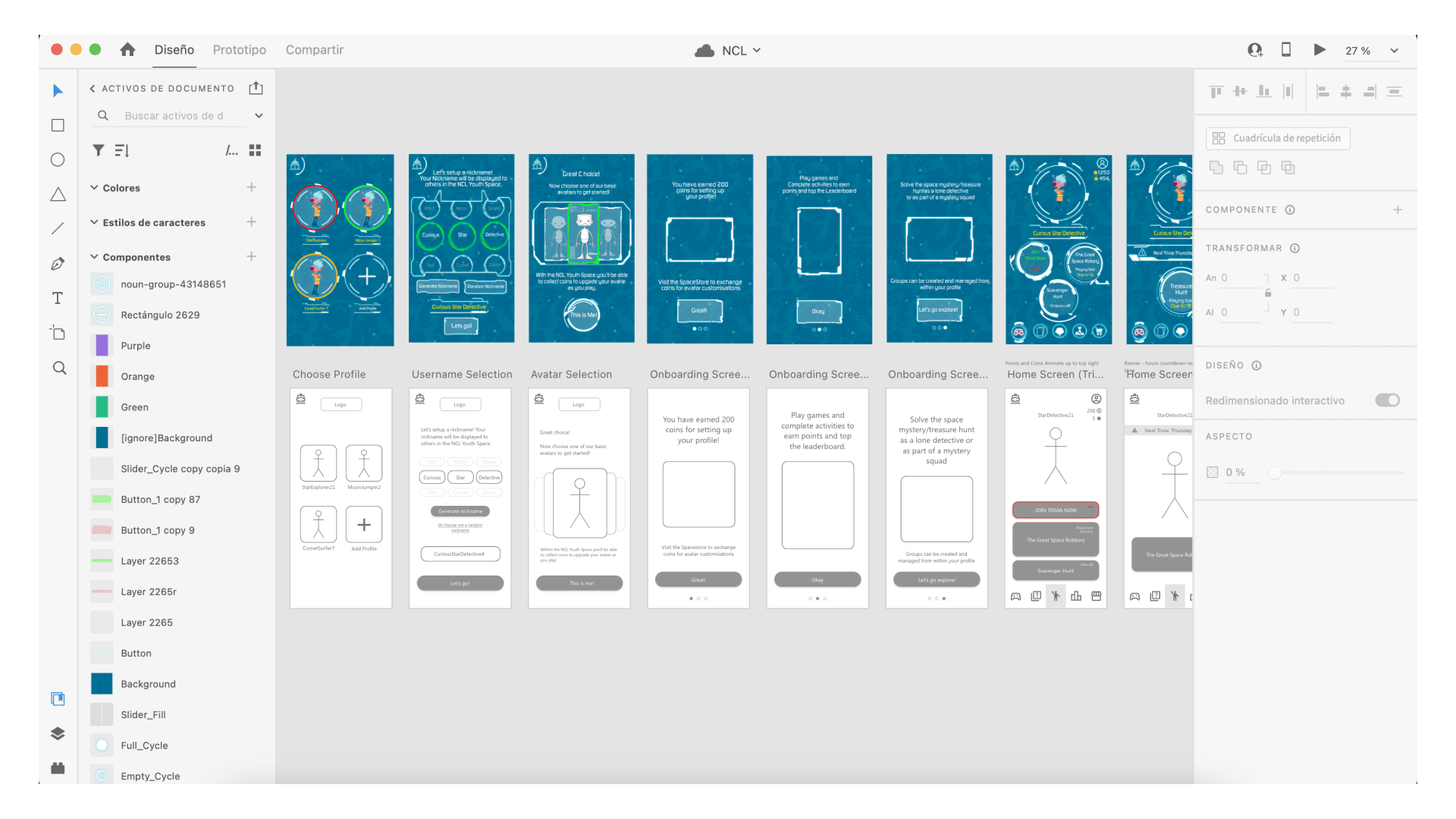
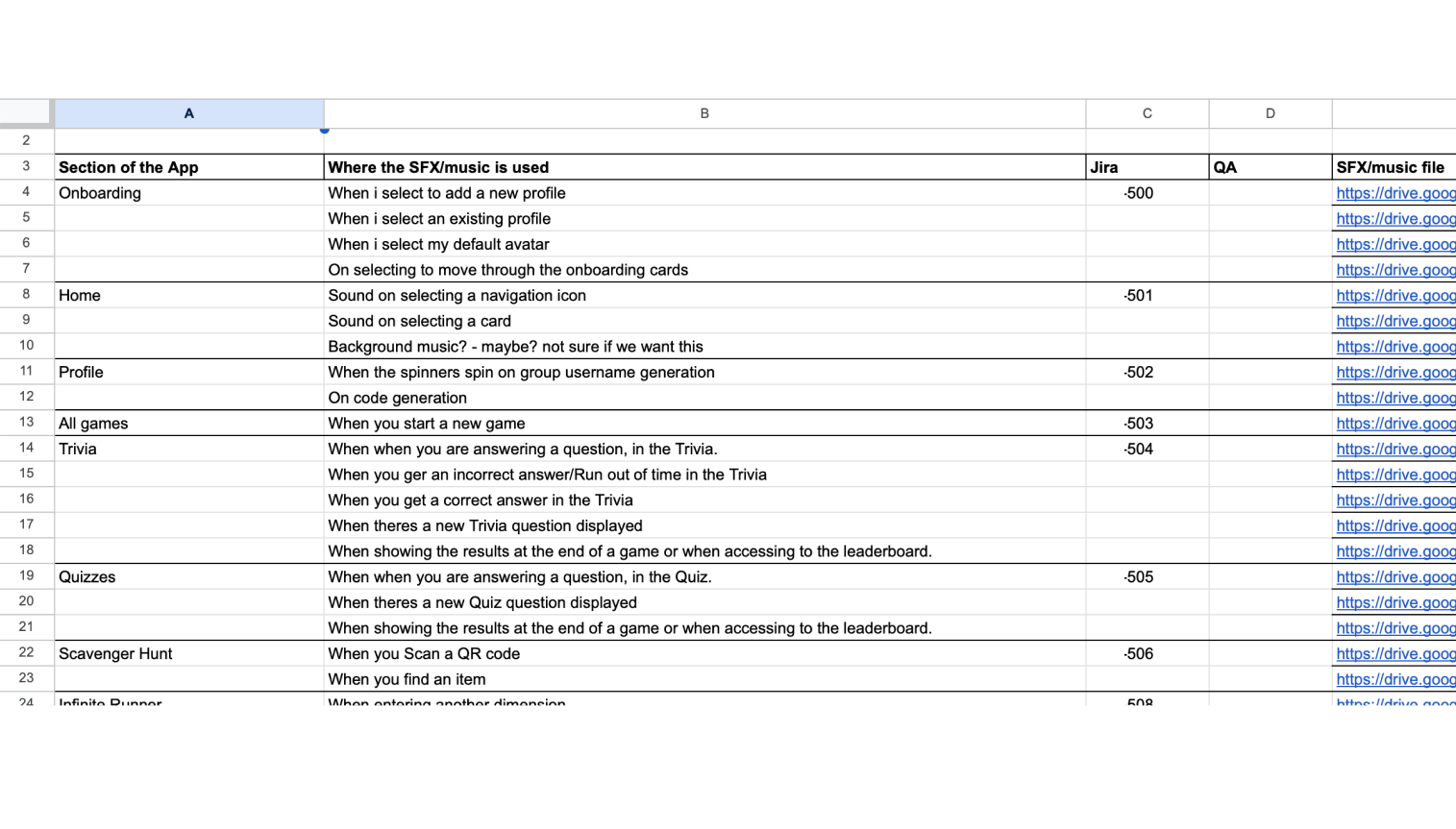
User Feedback and Testing
We conducted pilot tests aboard several ships, observing how passengers interacted with the app. We received positive feedback, especially regarding ease of use, the variety of activities, and live events.
However, we also identified areas for improvement, such as optimizing connectivity in certain areas of the ship.
Results
The app was a resounding success, with a high participation rate during the cruises, especially in the live group activities.
The implementation of team-based games encouraged social interaction among passengers, enhancing the overall cruise experience.
Challenges and Solutions
Challenges Faced
One of the biggest challenges was the limited internet connectivity aboard the ship, which required us to design an app that would function optimally even under such conditions.
Innovative Solutions
We implemented solutions such as pre-downloading content so that users could continue enjoying activities even when the connection was weak. For live events, we introduced an efficient communication system to ensure that all participants could join seamlessly, regardless of connectivity issues.
Lessons Learned
Project Reflection
This project taught me a lot about balancing creativity with functionality, especially when working on an app that needs to be accessible and appealing to such a diverse audience. I also realized the importance of considering infrastructure limitations from the beginning of the design process and how this influences design decisions.
Design Evolution
The design of the app evolved significantly throughout the project. What started as a set of simple ideas transformed into a comprehensive platform that supported both individual entertainment and group activities, ensuring a smooth and enriching experience for users.
Conclusion and Appreciation
Summary
In summary, the NCL Youth Space Games App was a challenging but extremely rewarding project. It helped passengers enjoy their time aboard the ship while promoting interaction and movement between them.
Appreciation
Thank you for taking the time to explore this project. I’m available for any questions or comments you may have regarding the process and results.
The Result
